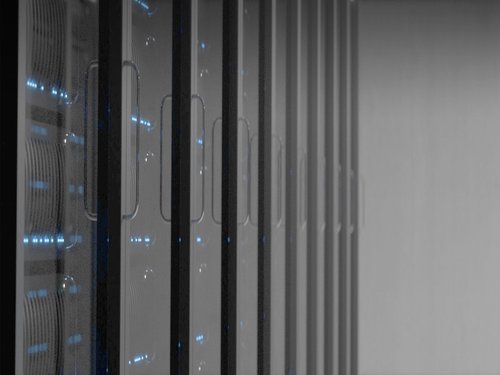Avoiding Disruption in a Digital Age
David Brown, our Product Manager explains how advanced moisture detection systems can help building owners mitigate the risks to their bottom line.
David Brown, our Product Manager explains how advanced moisture detection systems can help building owners mitigate the risks to their bottom line.
When it comes to protecting businesses against disruption, water damage can pose a serious threat, especially in the modern age where electrical systems are ingrained in almost every aspect of daily life. Here, David Brown, Product Manager, explains how advanced moisture detection systems can help building owners mitigate the risks to their bottom line:
Building owners and facilities managers have an almost all-encompassing role to play in keeping today’s businesses running. For these professionals, ensuring downtime is minimised by staying ahead of any potential disruption is a key objective when it comes to protecting their organisations’ profit margins. However, in today’s digital age, major issues can arise in the case of water leakage, especially when it comes to the build-up of moisture around electrical systems.
‘Escape of water’ claims are one of the most common, and costly, insurance claims filed in the UK. In fact, nearly one in five claims made on buildings and contents insurance in Britain is for damage caused by water leaks.
For businesses which rely on electrical systems, even a short outage due to the presence of moisture can prove devastating.
Unwanted leaks from plumbing, heating & refrigeration systems can occur due to poor maintenance, inadequate installation or accidental damage. At the same time moisture can build up via damp in walls, as well as in blocked drains. If this finds its way into an electrical system, operational equipment can be compromised or made unsafe, outages can occur and employee time can be lost due to time taken off for repairs.
In such facilities, emergency measures to contain the risk will almost certainly be in place, but any damage to electronic equipment is immediately costly to the service provider and their customers. This means locating the unwanted build-up of moisture throughout a building as fast as possible is vital. Owners and FMs are therefore having to find more efficient ways to monitor for water leaks across their sites and minimise the associated risks.
In the UK, organisations are required to carry out regular risk assessments and inspections of any pipework, appliances, internal walls, as well as making sure electrical components in life safety devices are suitably protected against moisture.
However, preventative maintenance can only do so much. There is always a risk that the build-up of unwanted moisture will occur in difficult or even impossible to reach places. To support duty holders in minimising disruption, we have developed LEAKalarm an advanced system capable of detecting leaks and moisture anywhere within large premises.
LEAKalarm allows building owners to swiftly locate leaks, minimising any potential losses of time and property. In line with recent technological advances, the system incorporates a range of new technologies from specialised water-sensitive cables and point detection-style floor probes to powerful cause and effects programming at the control panel, with more complex signalling processes.
The system uses continuous monitoring via a central control panel, which can be remotely monitored via the building management system, so building owners can manage maintenance and monitor energy consumption with greater ease and efficiency. At the same time, any disconnection, fault or even an alarm will be immediately communicated either locally using a voice alarm or via SMS/email (utilising additional equipment), giving building owners as much time as possible to rectify issues with the system itself.
To ensure continuous monitoring even in the event of a mains power outage, LEAKalarm is also capable of operating on a 72-hour standby with its integrated batteries. This means that, even if other systems are compromised, building owners can still manage the risks associated with water leaks, helping protect buildings and their occupants.
To find out more about LEAKalarm and its suitability in a range of applications, click HERE.
